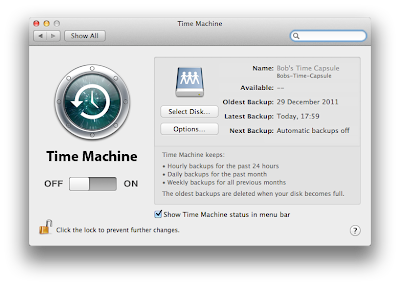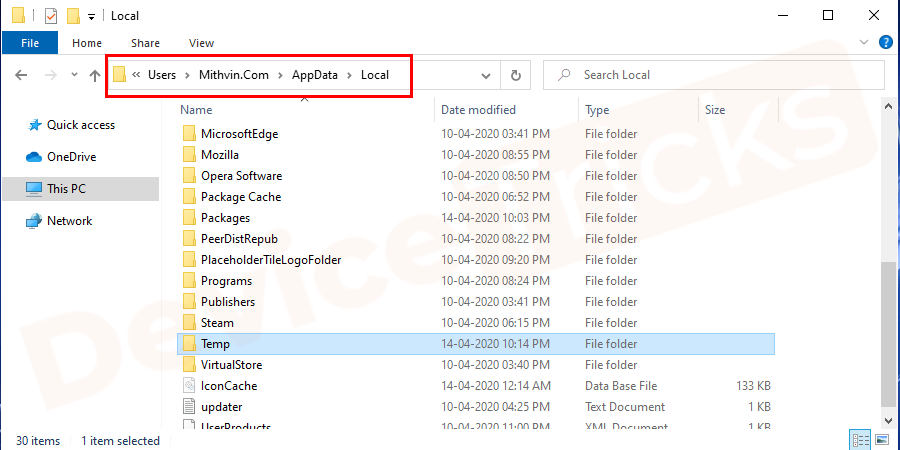
- #TIME CAPSULE DISK MAP USERNAME PASSWORD#
- #TIME CAPSULE DISK MAP USERNAME MAC#
Use CheckIP (or equivalent) to determine your router's current Public (WAN-side) IP address. (Note: AFP requires that TCP port 548 be mapped.) Also, configure the AEBS or TC to have a static Private IP address so that it will always be found at the same address. If the AEBS or TC is downstream of another router or gateway device, configure that device for port mapping/forwarding to the AEBS or TC. If the 802.11n or 802.11ac AEBS or TC is connected directly to the broadband Internet modem or combination modem/router or gateway device, verify that the device is in bridge mode, i.e., if the device provides NAT & DHCP services, disable them. iOS/iPadOS: Access will require a third-party app, like FileBrowser. #TIME CAPSULE DISK MAP USERNAME PASSWORD#
The user name can be anything you like the password should be the disk password for your base station.
You should be prompted for your user name and password. Enter the DynDNS-provided Domain Name of the base station, followed by a colon and the Public port number that you chose from the setup steps above. From the Finder > Go > Connect to Server. Select the base station > Edit> Disks tab > Check both " Enable file sharing" & " Share disks over WAN" options are enabled. Select the base station > Edit > Internet tab > Internet Options. One DDNS-provider is DynDNS and will be assumed for the following steps. Acquire a DDNS account and dynamic global host name. Regardless of the provider, the setup instructions should be the same. Another option would be to use a different DDNS service provider, like Dynu. If you use DynDNS, you still will have two choices: 1) Use a DynDNS client on a computer running on your local network to provide the updates, or 2) Replace the AirPort base station with another manufacturer's product that has native DDNS support. NOTE: The DDNS-provider DynDNS, used in the setup example below, no longer supports AirPort base stations running firmware 7.6.1+ or AirPort Utility 6.1+. Using Finder, verify that you can access the AirPort Disk from the local network. The methods presented are not necessarily in any particular order. #TIME CAPSULE DISK MAP USERNAME MAC#
There are at least three potential methods to access a shared AirPort Disk over the Internet from a remote Mac or iOS/iPadOS device. Or it's that this user had an account on the time capsule with the same name as the LOCAL_USERNAME.NOTE: For the purpose of clarification, an AirPort Disk can either be an internal HDD in a Time Capsule (TC) or an external SSD/HDD attached to the USB port of either a TC or an AirPort Extreme base station (AEBS). They show : sudo mount.cifs //IP_ADDRESS/Data ~/capsule -o password=CAPSULE_PASSWORD,sec=ntlm,uid=LOCAL_USERNAMEĪnd I think this works if instead of accounts in airport utility you set a password on the drive itself.

I'm using Fedora, but I expect this will work the same on ubuntu, etc., if you use sudo where you cannot log in as root
/media/capsule is a mount point of own choosing - make the directory first of course.  Data is the name of the drive as set in airport utility. uid=jeff : jeff is my logon name in linux. username=jeff : jeff is the name setup on the account on the time capsule (using airport utility on an iphone).
Data is the name of the drive as set in airport utility. uid=jeff : jeff is my logon name in linux. username=jeff : jeff is the name setup on the account on the time capsule (using airport utility on an iphone). 
My solution was to mount the drive from the shell as root using : mount //IPADDROFCAPSULE/Data /media/capsule -o username=jeff,sec=ntlm,uid=jeff







 0 kommentar(er)
0 kommentar(er)
